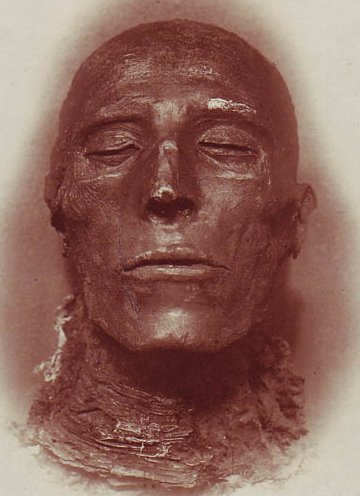

Alex Raymond created Flash Gordon for King Features Syndicate to compete with the successful science fiction strip, Buck Rogers in the 25th Century Raymond’s creation was decidedly more space fantasy than science fiction combining elements borrowed from Edgar Rice Burroughs, Sax Rohmer, Alexandre Dumas, and Anthony Hope to great effect. Flash Gordon debuted January 7, 1934 with the strip, “Flash Gordon on the Planet Mongo” which would be serialized each Sunday through April 15, 1934.
The strip kicked off with an exciting documentary-style depiction of an unforeseen catastrophe assailing our world. An unknown planet mysteriously appears in our solar system and is hurtling rapidly toward Earth. Destruction seems unavoidable. We are quickly introduced to a scientist, Dr. Hans Zarkov who is rapidly completing a rocket ship which he plans to man on a suicide mission to try and divert the oncoming planet from Earth’s trajectory.
“Flash” Gordon is a Yale-educated world-renowned polo player (I’m sure we can all name a handful of world-renowned polo players). He and a young woman named Dale Arden are the only known survivors of a plane struck down by a meteor heralding from the approaching planet. Flash and Dale parachute just outside of Dr. Zarkov’s observatory. Paranoid from overwork, Zarkov pulls a gun on the startled plane crash survivors and forces them to accompany him on his suicide mission to space. The first installment ends with Zarkov’s rocket ship on a collision course with the rapidly hurtling planet.
The following week saw Zarkov lose his nerve and attempt to strangle Flash (who now believes their suicide mission is Earth’s only hope). Flash easily overpowers Zarkov while the rocket ship crashes into a mountain not far from a futuristic city. Flash survives, Dale is unconscious, and the reader presumes Zarkov is dead as a dinosaur menaces Flash and Dale as our hero first sets foot on alien soil.
Week Three saw the timely arrival of a second dinosaur to inadvertently save Flash and Dale. A rocket ship arrives from the futuristic city. Flash and Dale are captured by what appear to be Asians who take them to the city where they meet the unnamed Emperor of the Universe (a blatant Fu Manchu clone) who decides to marry Dale and sends Flash to the arena where he is to battle the Neanderthal-like “Red Monkey Men of Mongo.” This first use of the name Mongo makes it unclear that this is the name of the planet as opposed to a continent. The city is a nice mix of anachronisms with futuristic gadgetry existing alongside Roman-style decadence.
To Continue Reading This Article, Please Visit HERE








.jpg)